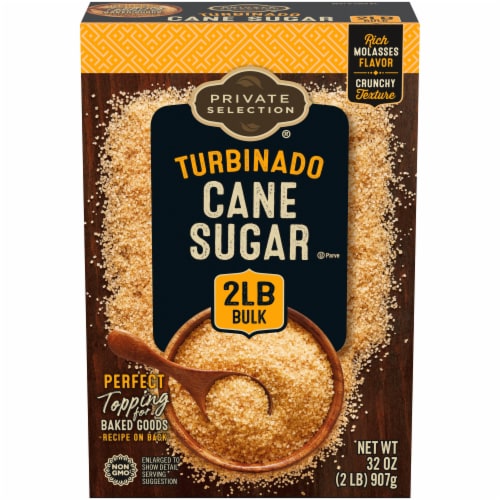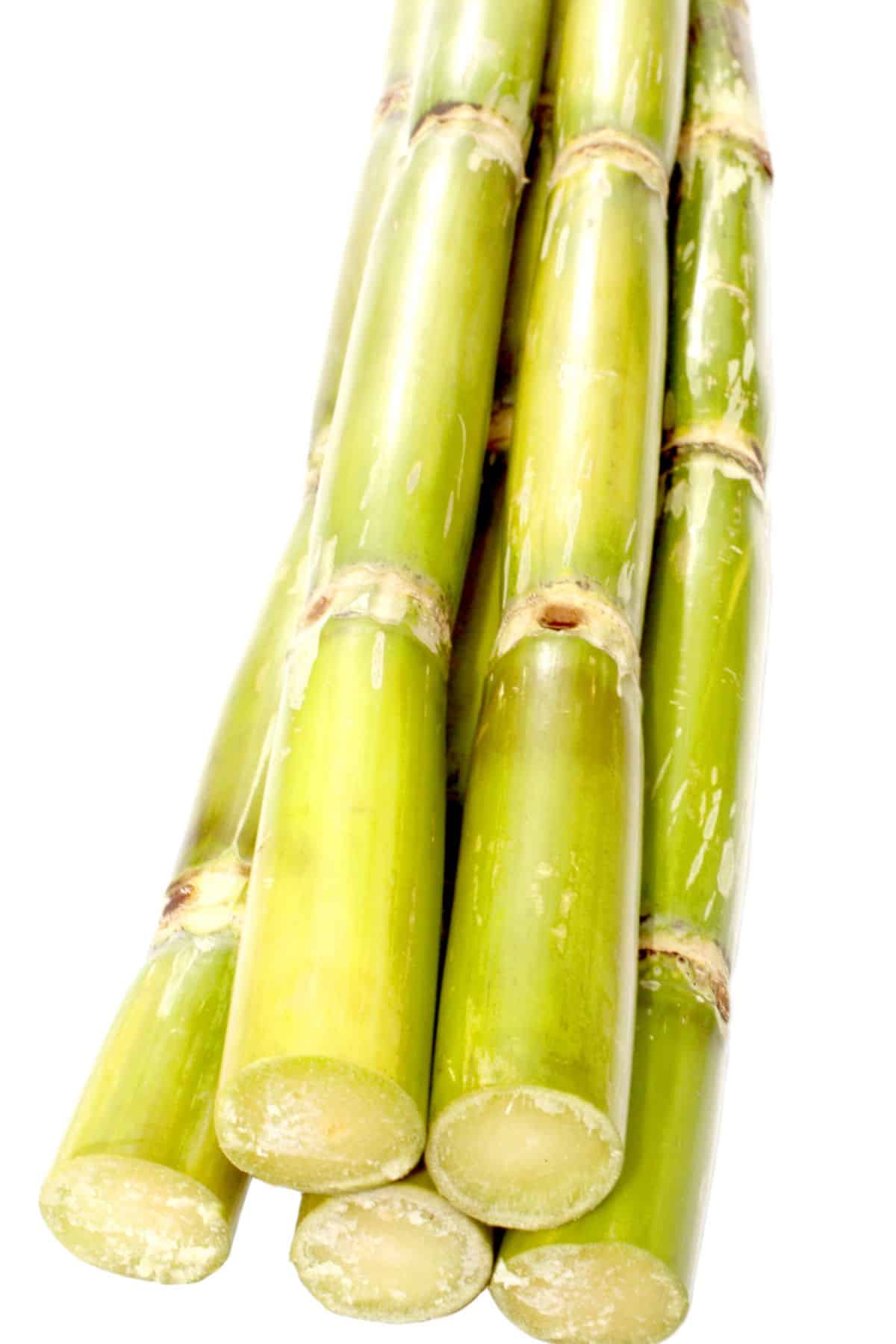Understanding Cane Sugar Processing: A Comprehensive Review of the Stages
Understanding Cane Sugar Processing: A Comprehensive Review of the Stages
Blog Article
An In-Depth Overview to the Environmental Influence and Sustainability Practices in Walking Cane Sugar Processing
The environmental influence of cane sugar processing provides a complicated selection of challenges that warrant mindful evaluation. From soil destruction and extreme water use to the carbon footprint connected with farming and production, the effects of traditional practices are far-ranging. On the other hand, the fostering of innovative sustainability measures provides a path towards much more accountable production approaches. Comprehending the interaction in between these problems is critical for stakeholders in the sector. What specific techniques can be applied to strike an equilibrium between efficiency and environmental stewardship? The responses depend on a better look at both the difficulties and potential options.
Overview of Walking Cane Sugar Processing
Walking cane sugar handling involves a series of systematic actions that change sugarcane right into refined sugar. At first, gathered sugarcane is moved to processing centers, where it goes through cleaning to eliminate soil and debris. Following this, the walking stick is squashed to draw out juice, which is after that made clear by removing impurities through home heating and the addition of lime.
The clarified juice goes through evaporation, where water is gotten rid of to focus the sugar content. This focused syrup is then taken shape via cooling, enabling sugar crystals to form. These crystals are separated from the remaining syrup making use of centrifugation, resulting in raw sugar. To attain polished sugar, the raw product undergoes further filtration processes, which may include cleaning and filtering to eliminate continuing to be contaminations and shade.
The final item is after that dried and packaged for distribution. Throughout this whole procedure, keeping efficiency and quality assurance is crucial to guarantee the sugar fulfills industry requirements. Each action in walking stick sugar processing not only adds to the final product however additionally has effects for source use and waste generation, setting the stage for conversations on sustainability and ecological effects related to sugar manufacturing.
Ecological Difficulties of Manufacturing
The production of walking cane sugar presents a number of substantial ecological challenges that warrant focus. One main worry is the comprehensive use of agrochemicals, consisting of pesticides and plant foods, which can cause dirt destruction, biodiversity loss, and contamination of neighborhood water resources. The drainage from sugarcane fields often carries these chemicals into close-by ecosystems, interfering with marine life and impacting the wellness of neighborhoods reliant on these water bodies.
Another challenge is the high power usage related to sugarcane handling. The boiling and refining stages call for considerable heat, largely generated by burning fossil gas, adding to greenhouse gas discharges. In addition, the expansive land location required for sugarcane cultivation can result in logging and habitat destruction, additional exacerbating climate change and harmful wild animals.
In addition, the labor techniques in some regions elevate honest issues, as employees may encounter bad working problems and poor earnings. This circumstance frequently bolsters a cycle of poverty in local communities. Cane Sugar Processing. Dealing with these environmental difficulties is critical for developing extra sustainable techniques in walking stick sugar production, eventually benefiting both the environment and the neighborhoods entailed in this industry
Water and Land Use Effect
Water resources and land application are important parts in the walking cane sugar market that significantly influence the environment. The farming of sugarcane calls for significant water input, with price quotes recommending that it can consume approximately 2,000 litres of water per kilogram of sugar generated. This intensive use water often causes exhaustion of local water sources, affecting not just the sugarcane haciendas however likewise surrounding ecosystems and communities that depend on the same water sources for agriculture and residential use.

Furthermore, land usage for sugarcane cultivation can result in deforestation and the conversion of all-natural environments into monoculture haciendas. This technique decreases biodiversity, disrupts neighborhood communities, and contributes to soil degradation. The development of sugarcane fields frequently elbows in on valuable farming land, creating competitors for resources between food and biofuel manufacturing.
Sustainable methods, such as maximizing watering methods and implementing crop turning, are necessary to mitigate these influences. By embracing much more reliable water usage and land monitoring techniques, the walking stick sugar industry can reduce its ecological footprint, guaranteeing an equilibrium between farming efficiency and environmental preservation.
Greenhouse Gas Emissions
Greenhouse gas discharges stand for a significant environmental problem within the cane sugar handling industry, particularly as agricultural techniques broaden to meet worldwide demand. The growing of sugarcane, a plant that grows in tropical climates, depends greatly on artificial plant foods and pesticides, which add to nitrous oxide discharges. Furthermore, land-use adjustments, consisting of logging for new sugarcane vineyards, release carbon dioxide saved in plants and soil.
Throughout handling, energy usage is an additional major source of greenhouse gas discharges - Cane Sugar Processing. Several sugar mills use fossil gas to power equipment and generate warm, causing significant carbon impacts. Furthermore, the transportation of raw sugarcane and finished items includes layers of discharges through gas burning in automobiles
The collective result of these discharges worsens climate adjustment, posing threats not just to the setting however also to the long-term viability of the industry. Stakeholders have to acknowledge the immediate need for thorough approaches that address these discharges. This includes assessing present agricultural techniques, refining approaches, and transportation systems to determine locations for renovation and image source reduction. Addressing greenhouse gas discharges is necessary for cultivating a much more sustainable cane sugar industry in an altering environment.

Sustainable Practices and Innovations
Lasting methods and developments are progressively crucial in the walking stick sugar handling industry as stakeholders seek to reduce ecological influences while preserving efficiency. One substantial advancement is the execution of incorporated plant administration, which maximizes resource use by integrating dirt management, parasite control, and plant rotation methods. This strategy enhances return while decreasing chemical inputs and preserving soil health.
Moreover, the fostering of sustainable power sources, such as biomass from sugarcane residues, has actually gained traction - Cane Sugar Processing. By converting click this waste products into energy, refining centers can reduce their reliance on nonrenewable fuel sources, thus decreasing greenhouse gas discharges
Water management practices have actually additionally seen improvements with the recycling and reusing of water in handling plants, significantly decreasing freshwater consumption. Technologies in innovation, such as precision farming, allow farmers to check crop wellness and resource use a lot more successfully, ensuring lasting growing practices.
In addition, accreditation programs like Fair Trade and Jungle Partnership urge ecologically accountable farming methods and advertise social equity within the supply chain. By embracing these lasting techniques and technologies, the cane sugar handling market can improve its resilience and add positively to environmental stewardship.
Verdict
The ecological effect of walking stick sugar handling presents considerable difficulties, consisting of soil destruction, high water intake, and greenhouse gas exhausts, along with ethical concerns related to labor techniques. Addressing these check my site problems with sustainable practices, such as incorporated plant monitoring, renewable power adoption, and water recycling, is essential. By advertising socially equitable and eco liable methods in sugar manufacturing, the industry can mitigate its unfavorable results, guaranteeing a more sustainable future for both ecological communities and communities entailed in this market.
Walking stick sugar processing includes a collection of methodical actions that change sugarcane into refined sugar. Each step in walking stick sugar handling not just contributes to the last item however additionally has implications for resource usage and waste generation, establishing the stage for conversations on sustainability and environmental effects associated with sugar production.
Greenhouse gas emissions stand for a considerable ecological worry within the cane sugar processing sector, especially as farming practices expand to meet global demand.Lasting practices and innovations are progressively essential in the walking stick sugar processing sector as stakeholders look for to decrease environmental impacts while keeping productivity.The ecological impact of walking cane sugar processing provides considerable difficulties, including soil degradation, high water usage, and greenhouse gas emissions, together with honest problems associated to labor methods.
Report this page